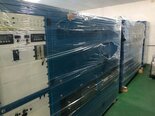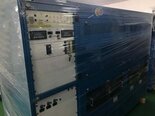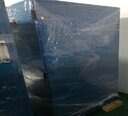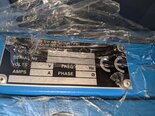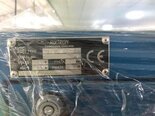Used THOMAS SWAN 19x2 GAN #293587473 for sale
URL successfully copied!
Tap to zoom
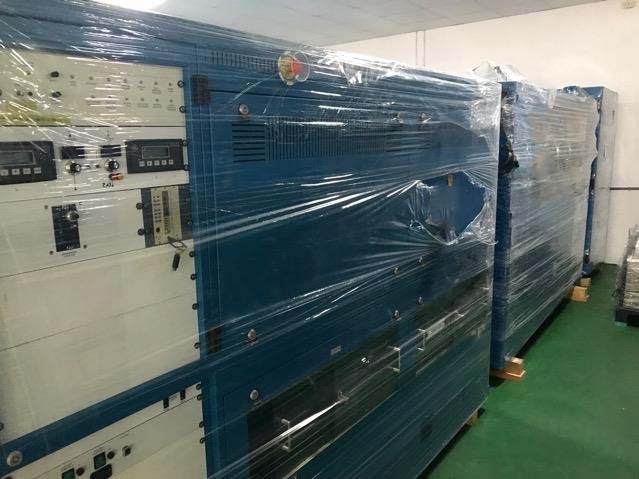

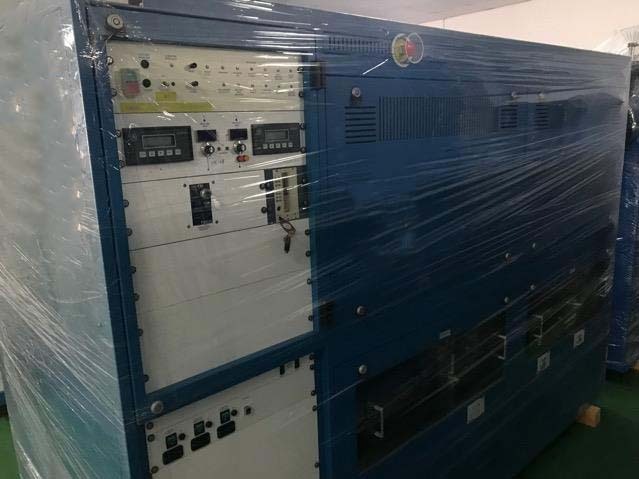

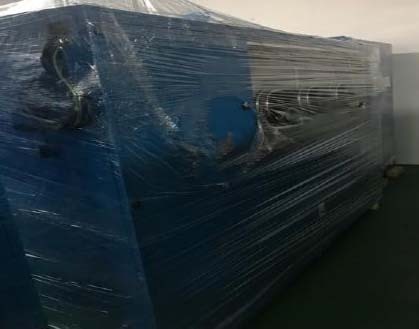

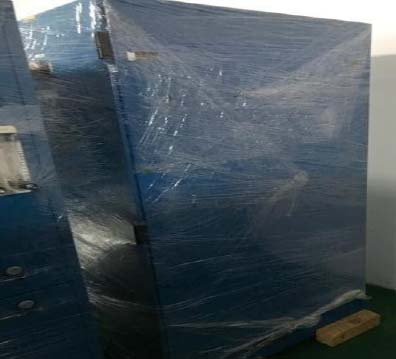

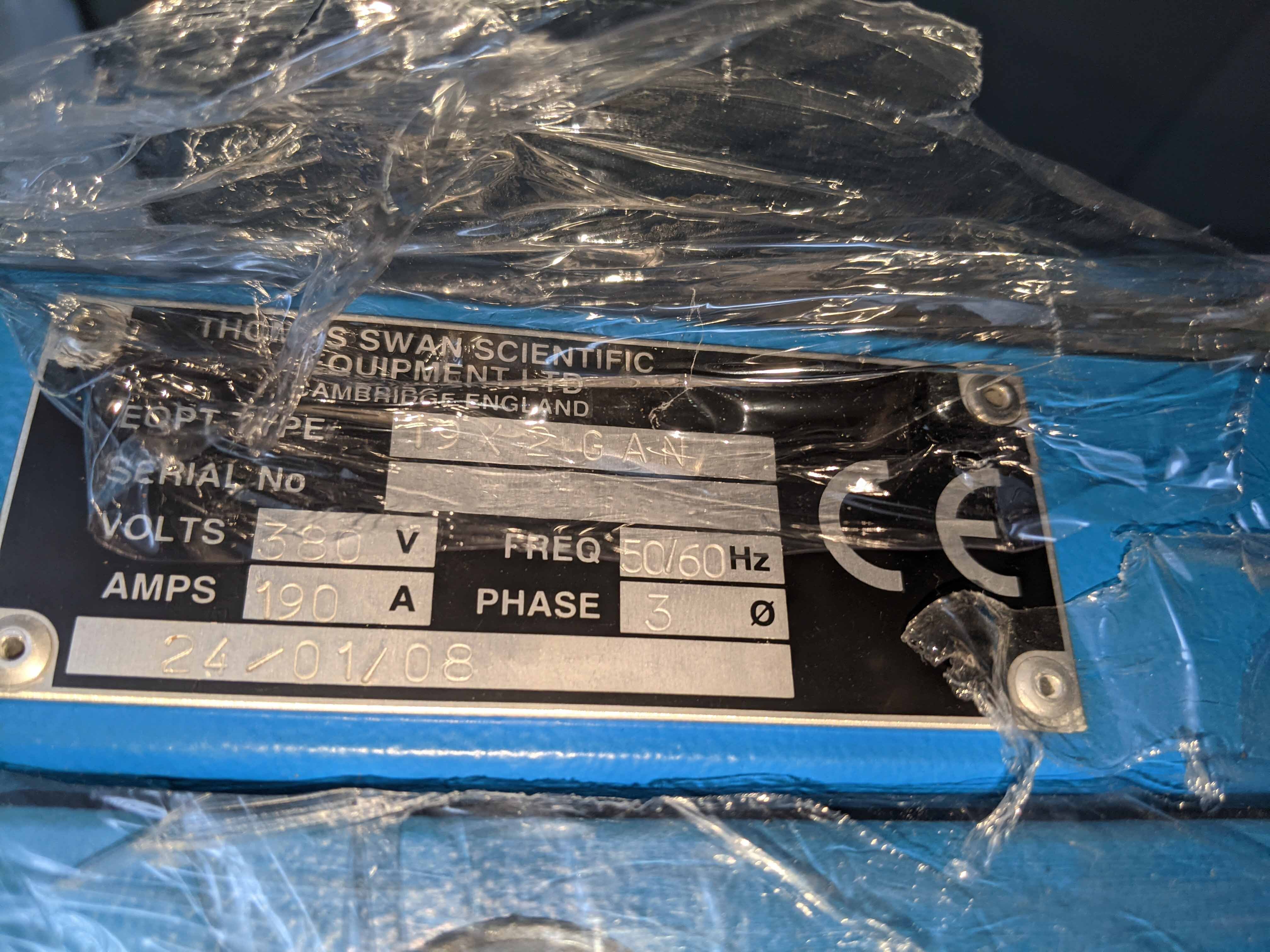

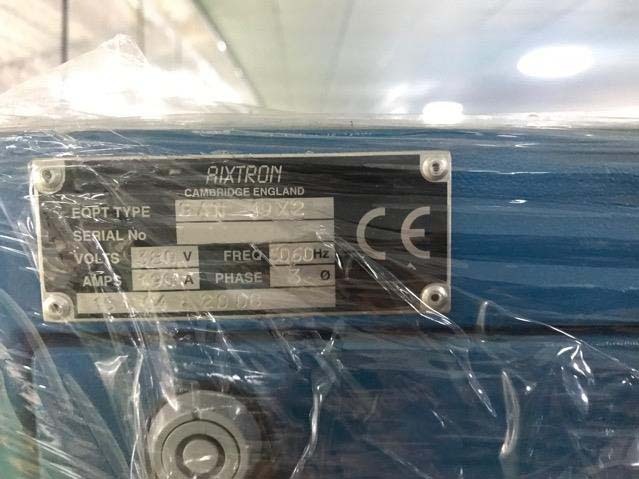

THOMAS SWAN 19x2 GAN is a type of nuclear reactor. This particular reactor is a Generation IV Gallium-Arsenide Nitride (GAN) Light Water (LW) reactor, one of the newer technologies for nuclear energy production. 19x2 GAN is a part of the new breed of nuclear reactors, which are aiming to combine the safety and efficiency of traditional LWRs with new advanced reactor designs. THOMAS SWAN 19x2 GAN has many advantages over traditional LWRs. For example, this reactor has increased safety features which can reduce the risk of core meltdown and other potential disasters. The reactor's fuel cycle is more efficient than traditional LW reactors as well, which allows for more power to be produced with less fuel input. The reactor also produces lower levels of radioactive waste when compared to traditional nuclear reactors. 19x2 GAN reactor design features two distinct coolant systems, one liquid and one gas-coolant. The liquid coolant equipment is comprised of a closed-cycle cold-water recirculation system. This unit loops coolant from the reactor and pumps it through a heat exchanger, where it absorbs heat from the nuclear core to meet power requirements. The gas-coolant machine is a helium-neon plasma-cooling tool, which consists of a loop around the reactor core where the gases move, carrying away additional heat from the chamber. This secondary cooling asset helps to prevent overheating within the core. THOMAS SWAN 19x2 GAN is also designed with advanced fuel management and fuel enrichment systems. These systems include low-level burnable absorbers and hybrid control rods to ensure even and efficient fuel utilization. Furthermore, the advanced fuel management systems can allow the reactor to use a variety of fuel types, including uranium and plutonium based fuels. This helps to utilize a broader range of fuel sources which are capable of providing higher power outputs than standard LWR fuels. In general, 19x2 GAN is an advanced, light water reactor. It combines greater safety with better efficiency and overall power output compared to traditional LWR-based systems. The reactor also utilizes a variety of fuel sources, allowing for a more flexible and high-powered energy source. Finally, the reactor has a low level of radioactive waste production.
There are no reviews yet
